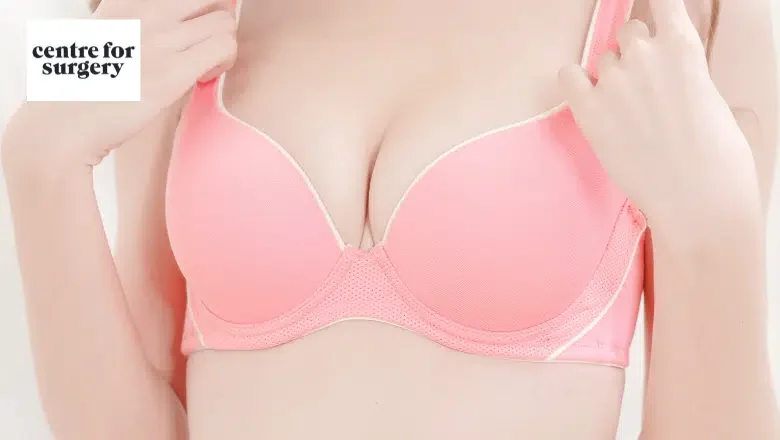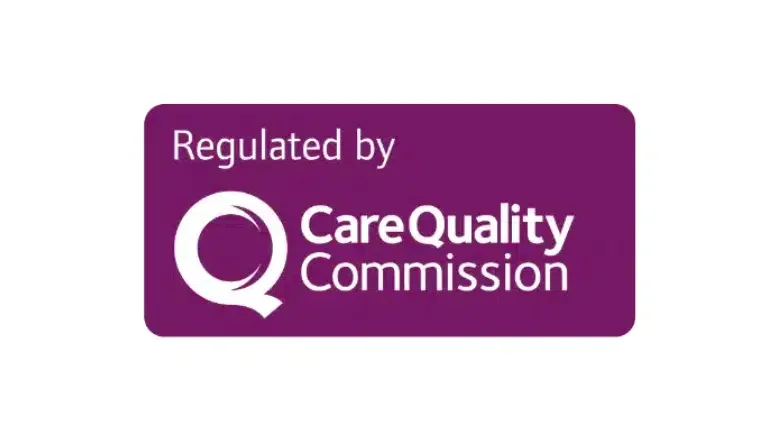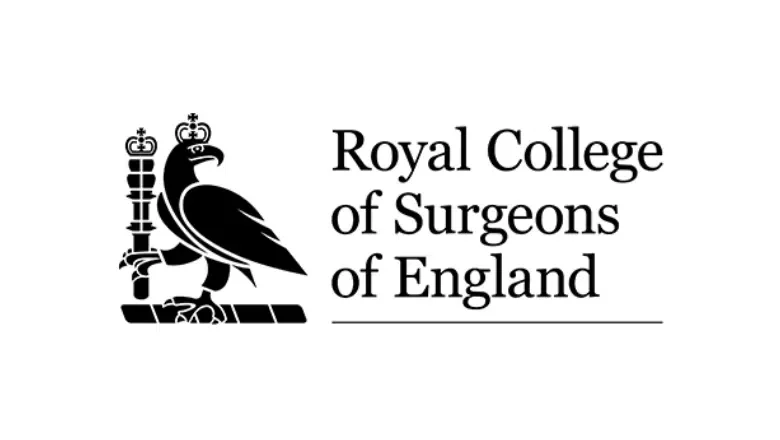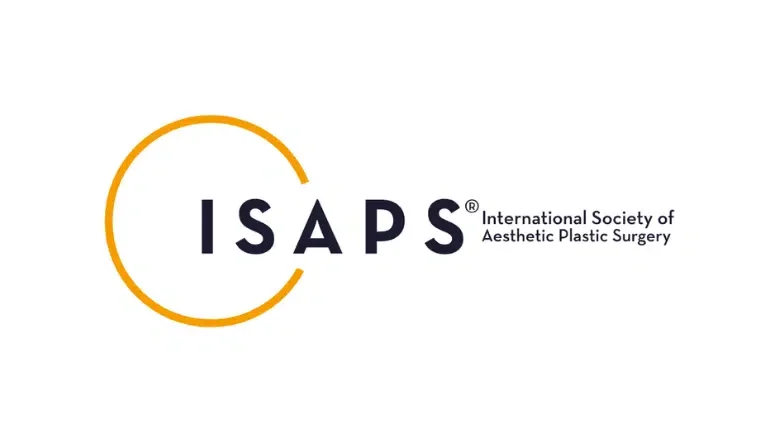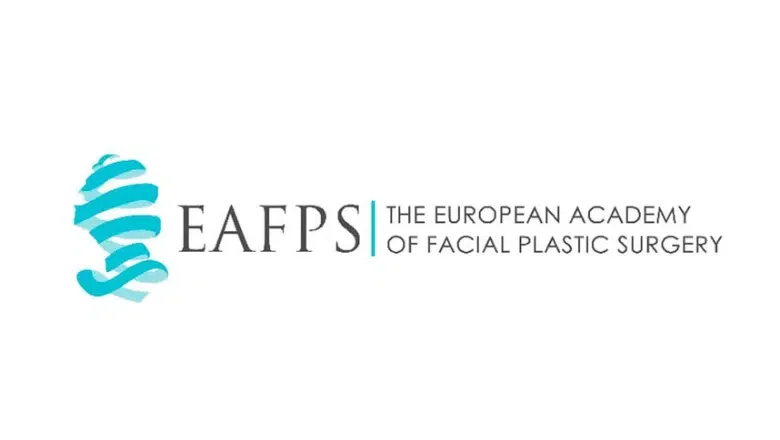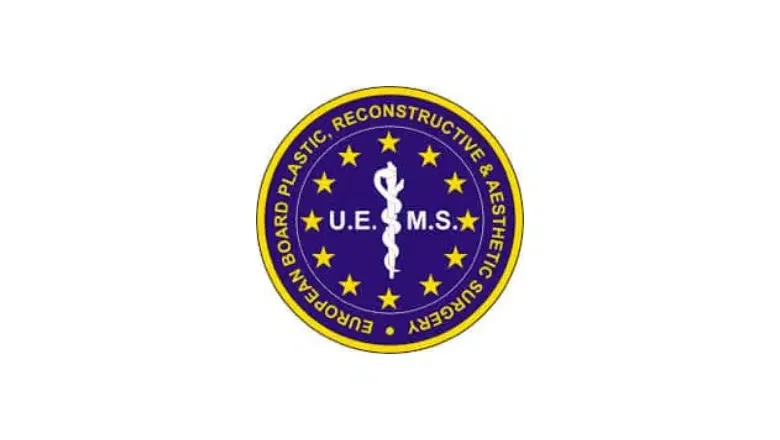What are inverted nipples?
Inverted nipples are a condition where the nipples are pulled inward instead of pointing outward. This can happen in one or both nipples and in both men and women. Inverted nipples can be congenital (present at birth) or acquired (develop later in life).
RELATED: Nipple Reshaping – Benefits Of Areola & Nipple Surgery
There are different degrees of nipple inversion, from a slight pull inward to a complete retraction where the nipple is flush against the breast tissue. The condition can also be unilateral, meaning only one nipple is affected.
Inverted nipples can cause discomfort, difficulty breastfeeding, and self-consciousness. Some people may choose to have surgery to correct the condition, called nipple inversion surgery, which aims to reposition the nipple and make it more prominent. The procedure can be done under local anaesthesia, and recovery time can vary.
We recommend consulting with a GMC-certified plastic surgeon at Centre for Surgery who has experience in nipple surgery to understand the procedure, benefits, risks and recovery time.
What causes inverted nipples?
A variety of factors, both congenital and acquired can cause inverted nipples.
Congenital causes include:
- Short or tight milk ducts that pull the nipple inward
- Abnormal development of the mammary glands or breast tissue
- A condition called Poland’s syndrome, which affects the development of the chest wall muscles and breast tissue
Acquired causes include:
- Trauma or injury to the breast
- Scarring from surgery or other procedures
- Fibrocystic breast changes, which can cause the milk ducts to thicken and pull the nipple inward
- Changes in the breast tissue due to ageing or weight loss/gain
- Inflammation or infection, which can cause the milk ducts to become irritated or swollen
- Certain medical conditions, such as breast cancer.
How Do I Know What Grade My Inverted Nipples Are?
Inverted nipples are typically graded on a scale from 1 to 3, with grade 1 being the least severe and grade 3 being the most severe.
Grade 1
The nipple can be pulled out manually or with the use of a breast pump, but it may retract back to an inverted position afterwards.
Grade 2
The nipple can be pulled out manually, but it will retract back to an inverted position afterwards.
Grade 3
The nipple cannot be pulled out manually, and it remains inverted all the time.
The grade of the inverted nipple can also be affected by pregnancy and breastfeeding, as the hormones and lactation can change the size and shape of the nipple and areola.
How To Correct Inverted Nipples
Nipple inversion surgery can correct inverted nipples. The procedure aims to reposition the nipple and make it more prominent. The specific technique used will depend on the grade of the inversion and the individual patient’s needs.
One of the most common techniques for correcting inverted nipples is the use of a surgical procedure called a “nipple-sharing” technique, which involves making small incisions around the base of the nipple and then suturing the tissue to hold the nipple in its new position. This procedure can be done under local anaesthesia or IV sedation, and recovery time can vary.
Another technique is using a “mammary ductal suspension,” which involves lifting the breast tissue and repositioning it to reposition the nipple.
Another technique is the “split-thickness skin graft.” This involves removing a small piece of skin from the areola and transplanting it to the nipple to create a new projection.
Schedule a Consultation With Centre for Surgery
Centre for Surgery in London is considered the leading cosmetic surgery clinic in the UK and is home to specialist plastic surgeons with extensive experience in inverted nipple correction surgery. If you are interested in correcting your inverted nipples with a simple surgical procedure, contact the Centre for Surgery today to schedule an in-person consultation at our state-of-the-art Baker Street clinic. With a thorough clinical assessment, you will receive personalised recommendations on the most appropriate treatment options to help you achieve your desired results.
RELATED: Which nipple or areola correction procedure is right for me?
